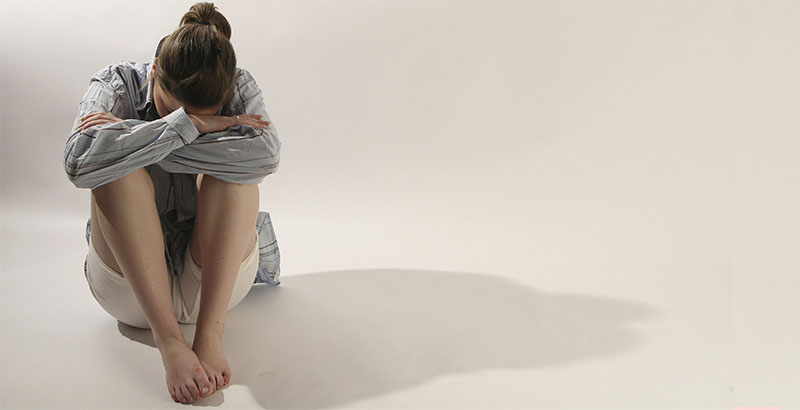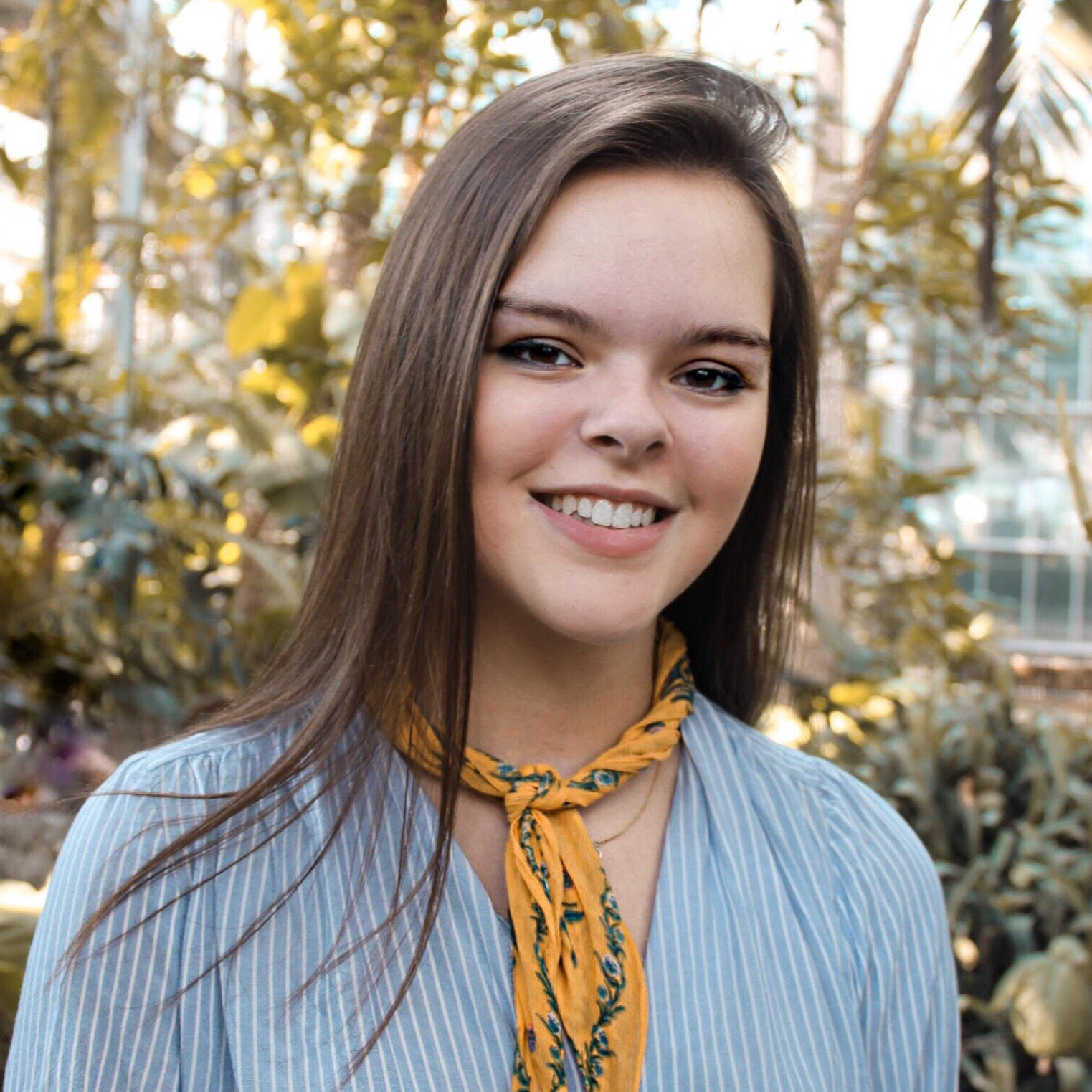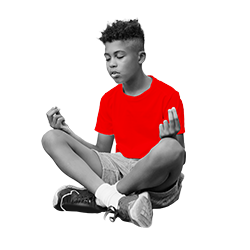Student Voice: Facing the ‘Crushing Impact of Isolation,’ Teens Struggling With Mental Health Problems During Pandemic Lean on Each Other

When Gov. Ralph Northam closed Virginia’s public schools, I sat beside my phone, watching as texts poured in from teachers and students alike. Many of my fellow seniors mourned the loss of prom and graduation, while others laughed about the possibility — no joke — of online dog grooming classes, a new addition to our county’s course offerings. But for some, school closures brought a different fear: the crushing impact of isolation on mental health. In the months since Northam’s decision, the fears of students struggling with mental health have grown exponentially, now impacting me and nearly all of my friends.
Like most people with a mental illness, I used to have a routine I relied upon to mitigate the effects of suffering on my life. I attended school, went to club meetings and took calls in an attempt to make bad days feel more normal. I used responsibilities as motivators to avoid disrupting my life, even when it wasn’t easy. In short: I relied on the day-to-day of “normal” life to pull me out of a bad headspace.
But as any student or teacher knows, a “high school experience” is closely defined by the people who participate in it. Particularly for vulnerable young people, teachers and adults can be a refuge from complicated home lives. I’m a gay sexual assault survivor, and despite my having incredible parents, my teachers were an important backbone to my support network.
For two years, my history teacher and I met on Tuesday mornings to check in before class. Most days we’d make jokes about our school’s poorly scheduled construction or failing sports teams, but on some, his was the only smile I saw all day. Since school closed, we haven’t spoken in nearly two months.
As with many young people across the nation, most of my relationships, routines and responsibilities were upended by the coronavirus. The comfort and familiarity of my day-to-day life were replaced by the fear and tragedy of watching my friends get sick, both mentally and physically.
Difficult access to medicine has exacerbated an already taxing time for mental health. To be clear, all medications are still technically available. However, as people flock to “virtual” psychiatrists, strict regulations for online providers during the pandemic make it difficult to fill certain prescriptions. In particular, medications used to prevent panic attacks are heavily regulated, as they act similarly to opioids for people without PTSD. After my former psychiatrist discontinued care, I spent around 12 hours on the phone with different providers before finding a psychiatrist willing to fill a prescription I’ve used for months. In the process, I spent days without vital medication.

But even for people who didn’t previously need formal mental health care, the general culture of stress, anxiety and grief created by the virus has strong mental health implications. Nearly all of my close friends describe feeling hopeless, anxious or sad. I’ve listened to many of my friends hyperventilate into crying spells in recent weeks, something that never happened prior to the virus. Some even began contemplating self-harm.
Despite my best efforts to help, nothing I said improved their mental health in a meaningful way. It felt as though our conversations were like Band-Aids on gunshot wounds that require professional treatment. However, the therapeutic resources they need are in short supply, as people across the nation are struggling with similar issues.
In times of scarcity, friends — in this case, fellow students — often fill the roles of informal therapists, despite having neither the training nor the resources to do so. Among my friends who are newly struggling with mental health, almost all of them reached out to me or other students with mental illness for help, asking about issues ranging from decreasing anxiety attacks to preventing self-harm.
While well-meaning, these advice sessions often devolved into complex therapeutic questions. Online chats became sites for makeshift group therapy. In ordinary circumstances, I wouldn’t feel guilty about lacking the skills to do this. Previously, being able to recommend formal resources allowed me to feel comfortable and confident in the health of my friends when I knew I couldn’t help. It soothed my worries for others and allowed me to focus more on my own health, which is a difficult juggling act even in ordinary times. But with fewer formal resources, some students won’t get the help that they need.
In response, a number of online platforms are providing free counseling, therapy and mental health resources to struggling teenagers. While they’ve temporarily helped many of my friends, they’re a solution with a time clock, particularly as some free services become overwhelmed. Nonetheless, as therapists and mental health care providers work to accommodate an increased need, crowdsourced therapy funds and free resources are helping to bridge the divide.
Beyond formal counseling, my close friends and I are starting to find new ways to cope in quarantine. Personally, I now make weekly to-do lists instead of daily ones, which gives me more flexibility on my sluggish days. I’m in the process of adopting running as a quarantine hobby, though it can probably be better described as walking with an overzealous and easily distracted puppy. Regardless, interrupting my screen time is becoming more important, especially as social media and Netflix become staples of my daily routine. Some of my friends have started making new playlists, getting dressed up despite staying home, and doing homework outside to help cope with the impacts of social isolation.
Everyone manages school closures differently, but choosing to view coronavirus lockdowns as physical distancing in social solidarity is important. Connection is vital in uncertain and scary times, particularly as the impact of the virus persists. Checking in on those around us won’t solve mental health problems or eliminate the stress of coronavirus, but in some cases, it can be the necessary first step to help students get the support that they need.
“Pandemic Notebook” is an ongoing collection of first-person, student-written articles about what it is like to live through the coronavirus pandemic. Have an idea? Please contact Executive Editor Andrew Brownstein at Andrew@The74million.org.
Emily Bach is a senior attending high school in Virginia’s Fairfax County Public Schools.
Get stories like these delivered straight to your inbox. Sign up for The 74 Newsletter

;)
